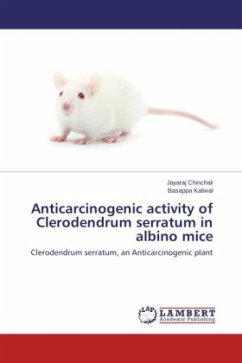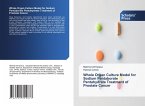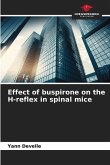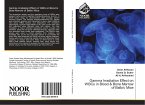The environmental fate of sodium arsenate is not well documented. Studies to demonstrate its fate must take into account the fact that inorganic arsenicals are natural constituents of the soil, and that forms of inorganic arsenic may change depending on environmental conditions. Based on very limited data sodium arsenate is not predicted to leach significantly. The metabolism of inorganic arsenic compounds in animals is well known. The pentavalent form, such as sodium arsenate, is metabolized by reduction into the trivalent form, followed by transformation into organic forms which are excreted within several days via the urine. All animals exhibit this metabolism except rats, which retain arsenic in their bodies for up to 90 days. This book illustrates impact of Sodium arsenate on mammalian model albino mice with experimental results.








